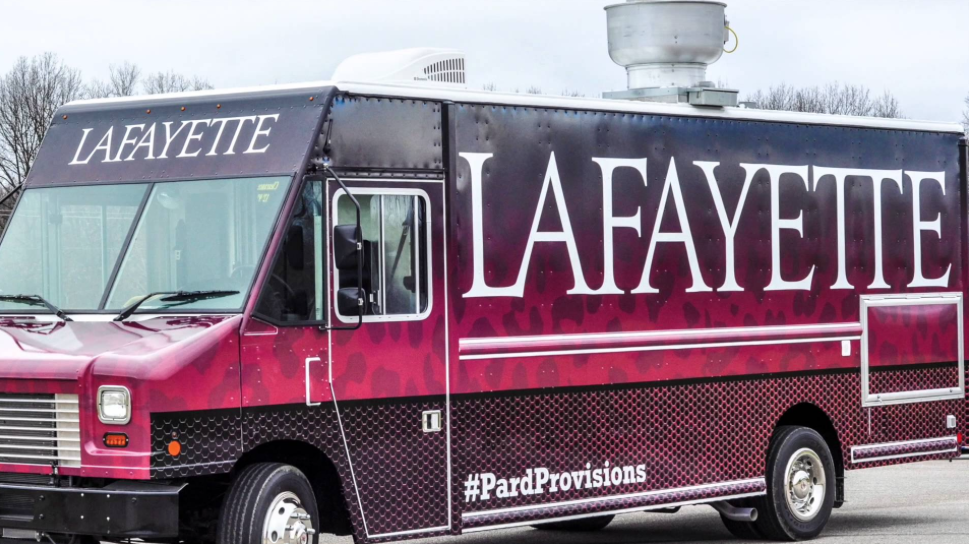Students attending state colleges and universities have officially headed back to school for another year of classes, dorm living, and in some cases eating at food trucks. While the last part may come as a bit of a surprise, since 2012 an increasing number of food trucks have made their way to college campuses and become an important part of university foodservice dining options.
When food trucks first stormed onto the national spotlight during The Great Recession of 2008, these mobile eateries were largely portrayed by the media as a passing trend. Things didn’t turn out that way, however. Almost 10 years after this transformational financial event, mobile food units have only continued to grow in popularity and are a fixture of dining options in all major cities. More recently foodservice programs at institutions of higher learning have begun to discover how beneficial these vehicles can be on campus as well.
Food business consultant Tom MacDermott outlines three reasons universities and mobile food pair well together in this article: “College campuses have the kind of space to make use of mobile foodservice. Foodservice departments often have the ready capital available to invest. And students are a good target for food trucks because they sell the kinds of food young people like: quick, cheap and portable.”

Lafayette College Food Truck.
The Statistics on On-Campus Food Trucks
According to this report from the research firm IBISWorld, the United States has 4,000 food truck businesses actively operating. The same reports states that industry revenue has continued to grow at a rate of 7.9% per year from 2011 – 2016.
It’s estimated that about 250 universities own a food truck for their foodservice department. Considering there are 4,140 total 2-year / 4-year colleges and universities (both private and public) in the United States alone means only about 6% of these institutions currently utilize a food truck at this time.
There are a few strategic benefits that schools with a food truck on campus have realized that go beyond simply serving food. First, from a branding and marketing standpoint there’s no better way to attract the attention of a crowd. Food trucks are basically as billboards on wheels and can get your school recognized while tailgating at sporting events or other festivals. When people see a food truck they don’t just associate that with food, but also with fun and it’s not uncommon to see students, faculty, and prospective students taking selfies next to these vehicles and sharing them across social media.
Beyond basic branding, many schools have begun to utilize these vehicles during the enrollment and recruitment process too. While filling waiting to fill out forms for financial aid or to register for that last class, many schools have begun to offer free snacks and drinks from these trucks to improve the overall freshman experience.
Finally, the mobile food unit gives schools more ways to provide dining options to students. A dining food truck can be positioned in a busy quad to help students pick up healthy breakfasts, drinks, or snacks in a way that is both convenient and fast. As the University of Illinois at Urbana-Champaign has demonstrated with their Good2Go Food Truck, these vehicles can also be utilized for private events or catering needs that happen on campus.
Healthy Food Trucks on College Campuses
The Michigan State University “Dairy Store” is an excellent example of how schools can use concession trailers to provide students with more healthy eating options. The trailer does not have any cooking equipment installed on the trailer. Instead a variety of fridges and freezers are installed to keep healthy food cool. You can often find the concession trailer on campus events distributing healthy on-the-go snacks like bananas and fresh apples. Juices and water bottles are also frequently distributed from the serving window of this vehicle. Of course the occasional sweet treat like ice cream cones and sandwiches are distributed from this vehicle as well.

Michigan State University (MSU) Concession Trailer Built by Custom Concessions USA.
These are some of the best examples of food trucks we’ve seen on college campuses across America. Although an increasing number of colleges are investing in mobile units to provide improved dining options for students it’s still a fraction of the nations colleges and universities offer this mobile dining option to students.




